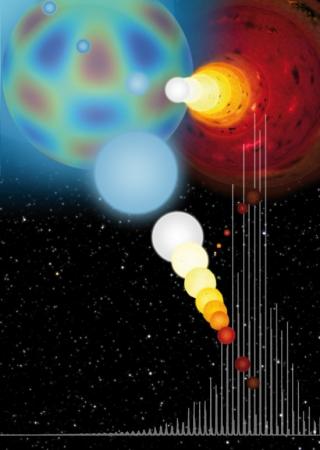
Steve Kawaler investigates the life and death of stars by studying their oscillations by means of Asteroseismology. A foremost specialist in compact objects, such as white dwarfs, he is a past director of the international Whole Earth Telescope network, dedicated to the study of variable astronomical objects; he is currently a leader of one of the teams that are analyzing data from the Kepler mission. With Carl J. Hansen and Virginia Trimble, he coauthored the book ‘Stellar Interiors: Physical Principles, Structure, and Evolution’. President of Division V (Variable Stars) of the
Advertised on


